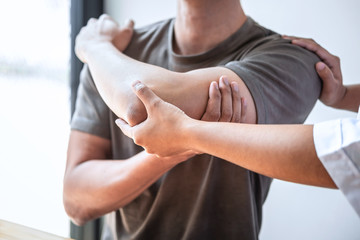
Shin Splints in Teenagers
Have you ever heard of the term shin splints and wanted to know more?
Do you experience challenges in progressing in running or your chosen sport due to shin pain?
Have you recently had a growth spurt and are noticing pain on your shinbone?
If so, you might be experiencing a common sporting injury known as shin splints. But what are they and what can we do about it?
What are Shin Splints?
Shin splints or ‘medial tibial stress syndrome’ is a common injury experienced by people of all ages however, it is primarily associated with adolescent athletes and competitive runners. They are characterised by pain on the inner part of the shin bone which is usually brought on by overuse in running or another high impact activity. This can lead to swelling and tenderness of the shinbone.
What Causes Shin Splints?
In the majority of cases, shin splints develop when the muscle and bone tissue in the leg become overworked by repetitive activity such as in running. They can also occur after sudden changes in physical activity. These can be changes in frequency, such as increasing the number of days you exercise each week. Additionally, changes in duration and intensity, such as running longer distances or on hills, can cause increase injury risk. The pain of this condition is caused by irritation and swelling of the muscles, tendons, and bones in the lower leg.
Who is at Risk?
Athletes who participate in high impact activities are at the highest risk of developing shin splints. These additional factors further increase the risk:
- Overuse or poor recovery routines
- Having flat feet
- Exercising with improper or worn out footwear
- Poor flexibility in hips and ankles
- Poor running form
- Improper warm up when performing sports
Short Term Advice for Athletes
For immediate relief from shin splints follow the suggestions below:
- Book in to see your local Physiotherapist
- Use an ice pack for immediate pain relief
- Take a rest from aggravating sports / movements
- Engage in stretching and strengthening exercises
Long Term Management and Prevention for Shin Splints
In order to prevent for occurrence or recurrence of shin pain ensure that you follow the steps below:
- Engage in an exercise regime in collaboration with an Accredited Exercise Physiologist
- Increase your exercise intensity slowly
- Ensure that you rest after a sporting event
- Wear appropriate fitting athletic footwear with correct arch support
- Replace worn out footwear
If you are looking for advice and treatment regarding lower limb pain, get in touch with Pivotal Motion’s exercise physiologist team today. Our team of Physiotherapists and Exercise Physiologists will be able to discuss with you in more depth on how to manage your exercise. Book online or call us on 3352 5116.




